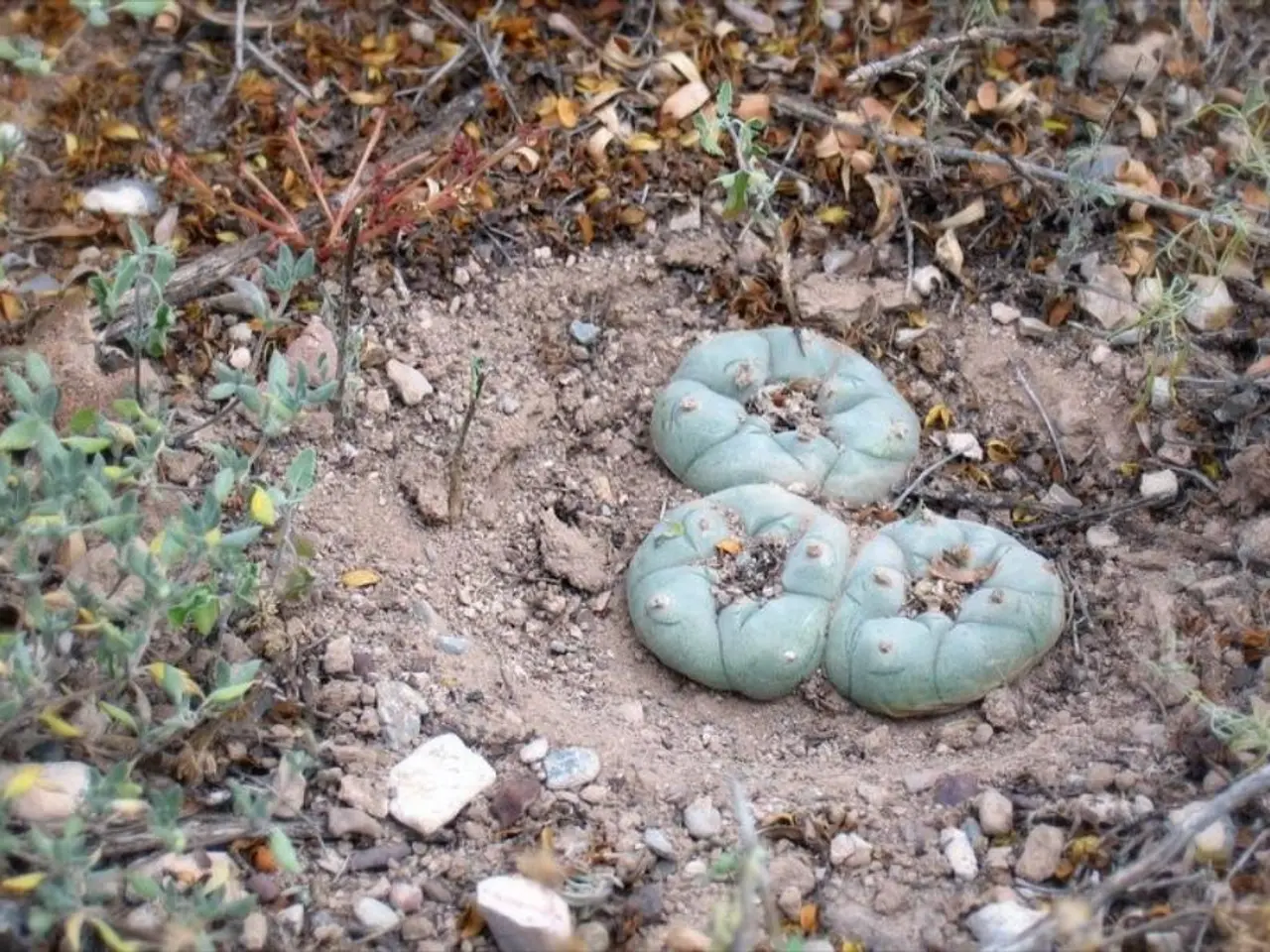Destructive Garden Invaders: Squash Bugs and Squash Vine Borers
In the world of gardening, squash plants are a popular choice for their versatile produce. However, they can be threatened by two common pests: the squash vine borer and the squash bug. Here's a guide to help you recognise these pests and protect your squash plants.
The squash vine borer is a serious threat to squash plants. It hatches from eggs laid on the base of the plant, borers into the stem, and eats the plant from the inside out. The first sign of an infestation might be the wilting of the plant overnight. Another sign is heavy sawdust-like waste at the base of the plant, which indicates multiple borers. If you notice this, it's important to remove the affected parts of the plant and cover the stem with damp soil for potential recovery.
Squash bugs, on the other hand, are about 3/4 of an inch long, grayish-brown, and have a shield-like back. They destroy plants by sucking the juices out of leaves and later, the fruit. Squash bugs lay their eggs on the underside of leaves, which hatch into destructive nymphs. These pests often hide underneath debris, such as wood or cardboard boxes. A preferred method to combat squash bugs is using a bucket of soapy water to kill them.
There are several strategies to prevent these pests from causing damage to your squash plants. Planting icicle radish plants around squash plants may provide a natural repellent against squash vine borers. Wrapping the bottom stems of squash plants with aluminum foil or gauze can potentially prevent squash vine borers from laying eggs. Varying planting times to align with periods when the squash vine borer moth isn't active can also help prevent infestations. Handpicking off the eggs can be an effective method, too.
In addition, keeping the plant healthy is important to prevent infestations. This means providing the right amount of water, sunlight, and nutrients for your squash plants to thrive. Planting in soil that has been previously used for potatoes can benefit the growth of squash plants due to aeration and loosening of the soil.
For those in Germany, it's worth noting that plants of the squash family (such as pumpkins, zucchinis, and other gourds) are protected in spring and summer from squash borers and squash bees to ensure a rich harvest. These pests specifically attack cucurbit plants, so protecting cucurbits during these seasons is essential for good yield.
Lastly, it's crucial to keep a daily watch for these pests to prevent damage. If you spot squash bugs or signs of squash vine borer infestations, act quickly to remove them and protect your squash plants. Planning for pests like squash bugs and squash vine borers and having a strategy to deal with them can help improve the overall gardening experience.
This article was updated in August 2020.
Read also:
- Peptide YY (PYY): Exploring its Role in Appetite Suppression, Intestinal Health, and Cognitive Links
- Toddler Health: Rotavirus Signs, Origins, and Potential Complications
- Digestive issues and heart discomfort: Root causes and associated health conditions
- House Infernos: Deadly Hazards Surpassing the Flames








